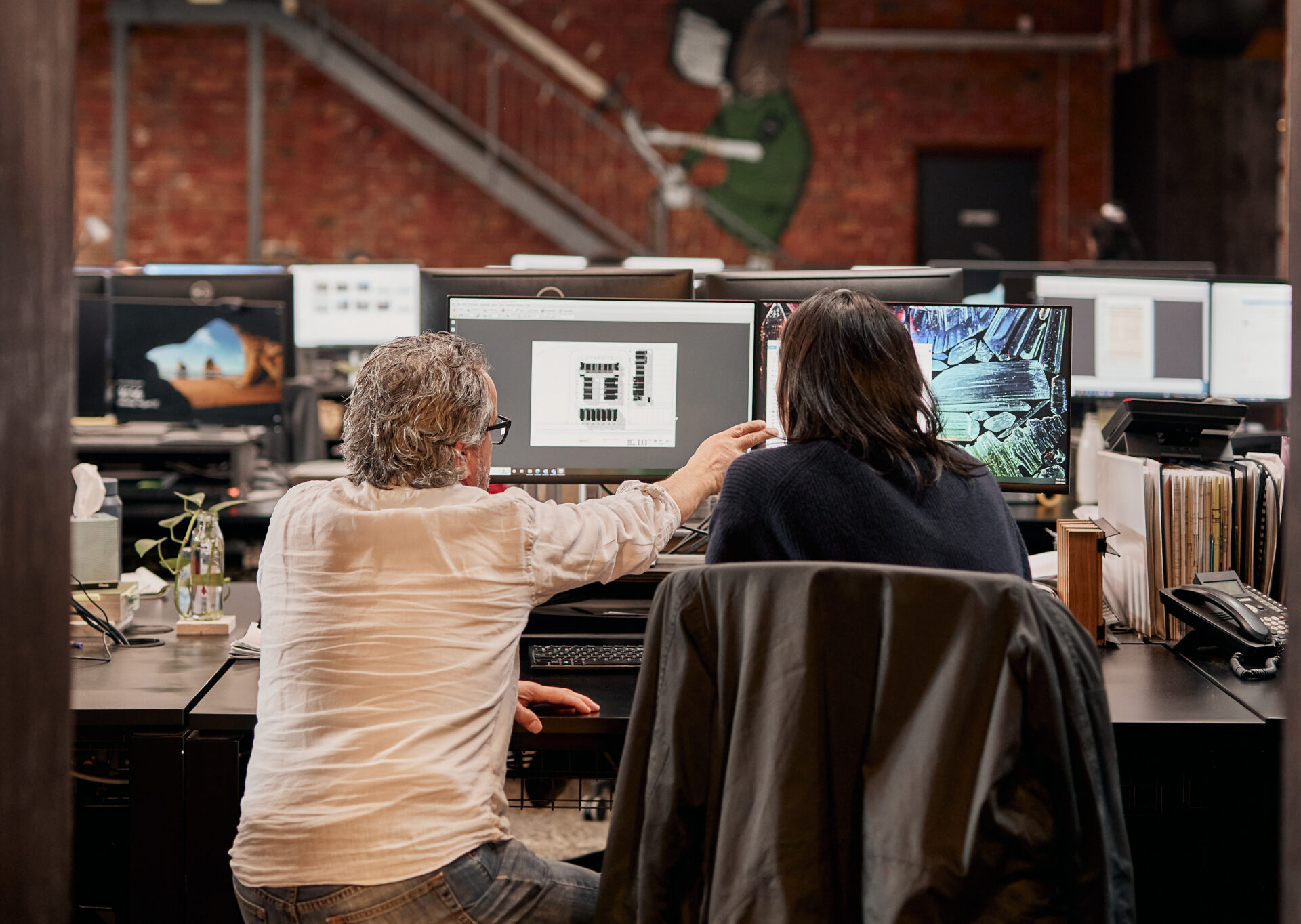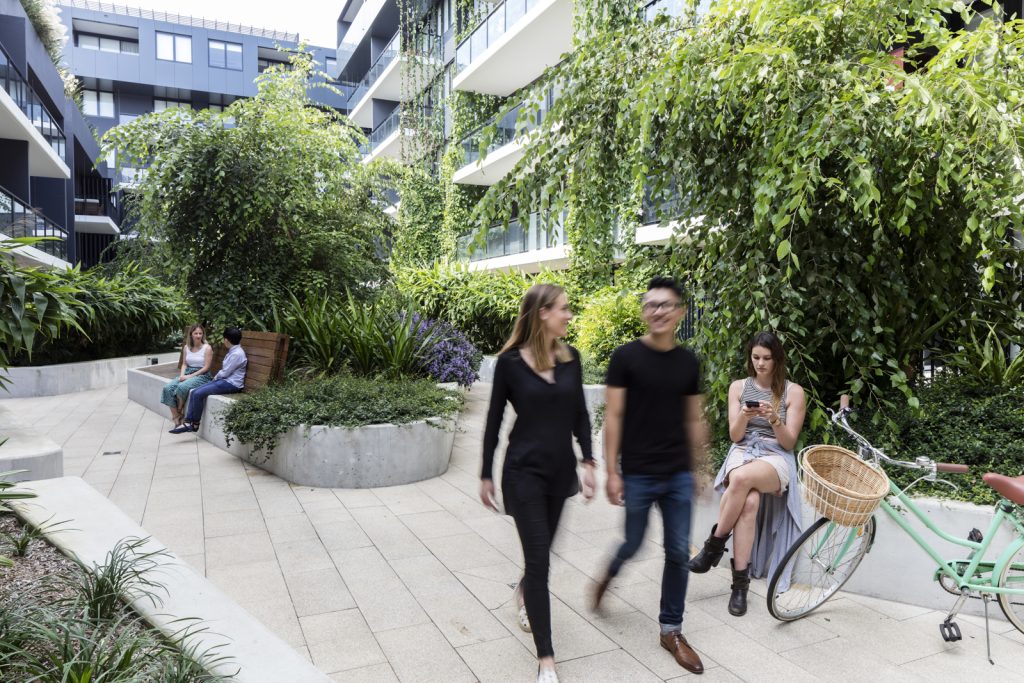“DKO has the vision, the people and the experience to design and deliver great architecture that stands the test of time.”
Koos de Keijzer
Principal

DKO was established in 2000 to create its own vision of architecture and design. Over the last 23 years, with Koos de Keijzer as founding partner and Principal, the practice has grown exponentially and comprises a multidisciplinary team of more than 250 professionals working across six studios in Australia, New Zealand and South-East Asia.
At DKO, people are our greatest resource and collaboration, communication and connection are key to our ethos. We listen to everyone, from the client to the graduate through to the principal, ensuring the best idea for a design always wins.
We are adaptable and flexible in order to achieve. Our expertise is diverse and runs deep, covering architecture, interiors and landscape architecture for sectors that include single and multi-residential, hospitality, commercial, institutional, education and government projects, as well as urban design and master-plans.
In our ever-changing world, DKO’s commitment to sustainability is unwavering and consultation with First Nation’s peoples is crucial to delivering projects that reflect culture and place, for today and the future.
We are designers
We create for longevity, we want our designs to count.
The Best Idea Wins
We listen to everyone in order to conceive the ultimate design.
We Collaborate
Collaboration is key to our success.
We are visual
We communicate best through visual mediums and bring our clients with us to realise a design.
We Table propositions
Through the intellectual rigour behind our work, we explore a brief and find a clever and commercially viable solution.
We Communicate
Communication is integral in all that we do.
We are accountable
To each other, our clients and collaborators.
We are sustainable
We help to sustain our environment through best practice and creating design that lasts.
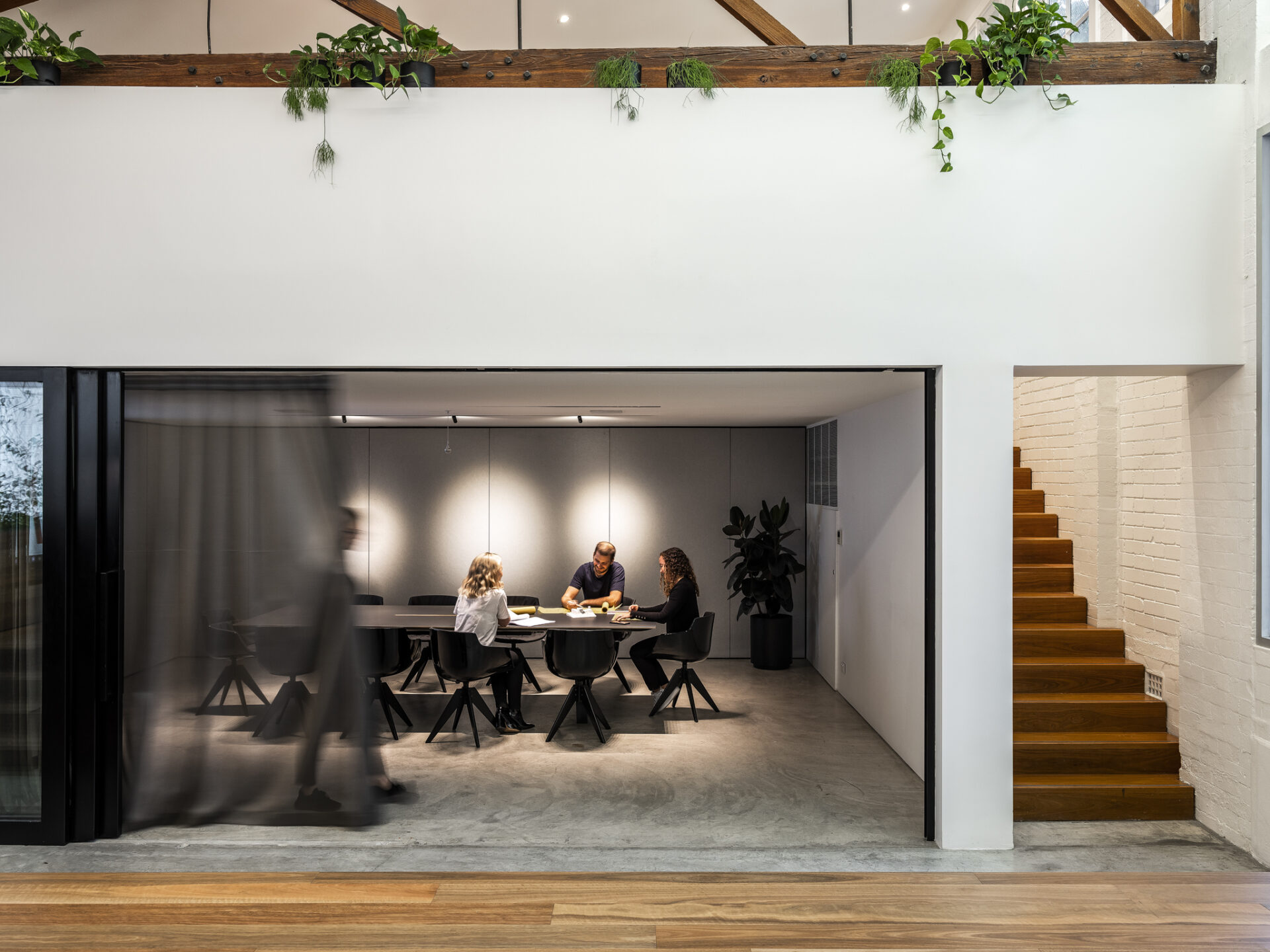
Initiatives
Diversity & Inclusion
DKO is committed to providing a workplace where all our employees are treated with fairness and respect. We believe in celebrating the uniqueness of everyone, and therefore create a more productive and successful practice.
We are committed to maintaining a workplace that promotes equal opportunity for all. We aim to ensure that decisions are made based on merit and do not involve discrimination.
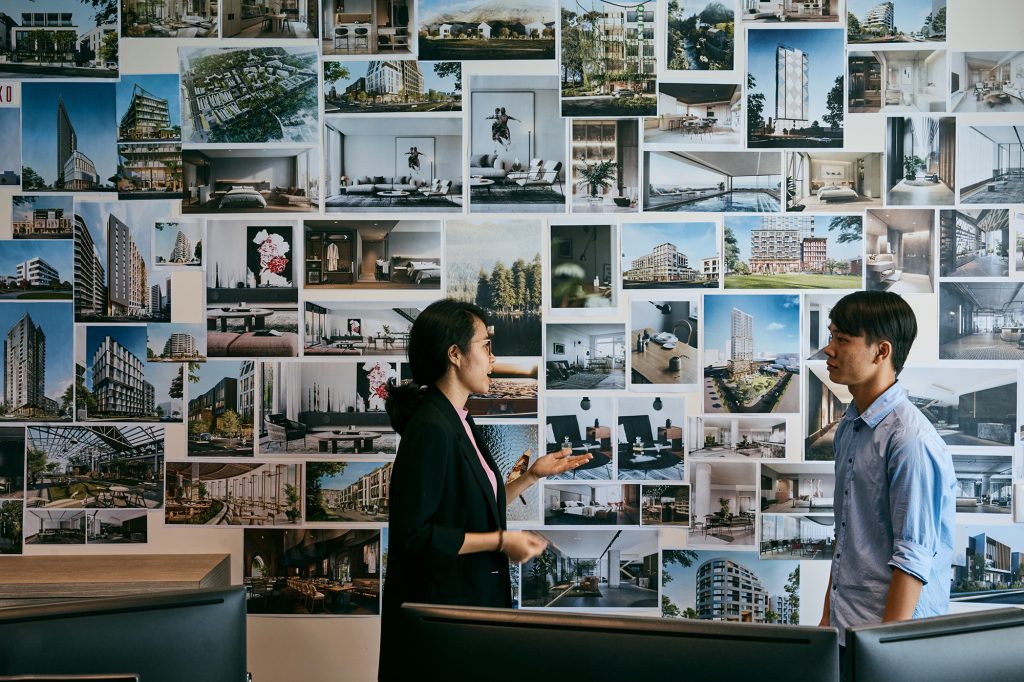
Mentorships
DKO is committed in having regular discussions with team members to examine performance and plan future development opportunities. We offer support to those seeking registration through mentorship, a log book club, presentation and training opportunities, flexible hours and CPD events.
We have been incredibly successful in growing people, with most of our senior team members exceeding 10 years. We allow people to take risks and make mistakes. We want to see our team grow.

Designing With Country
DKO works closely with First Nation’s people to ensure that its architecture and design recognises Country and is celebrated through every project.
Collaboration and connection support history and storytelling that then culminates in a narrative to ensure the best outcome for design, people and place.
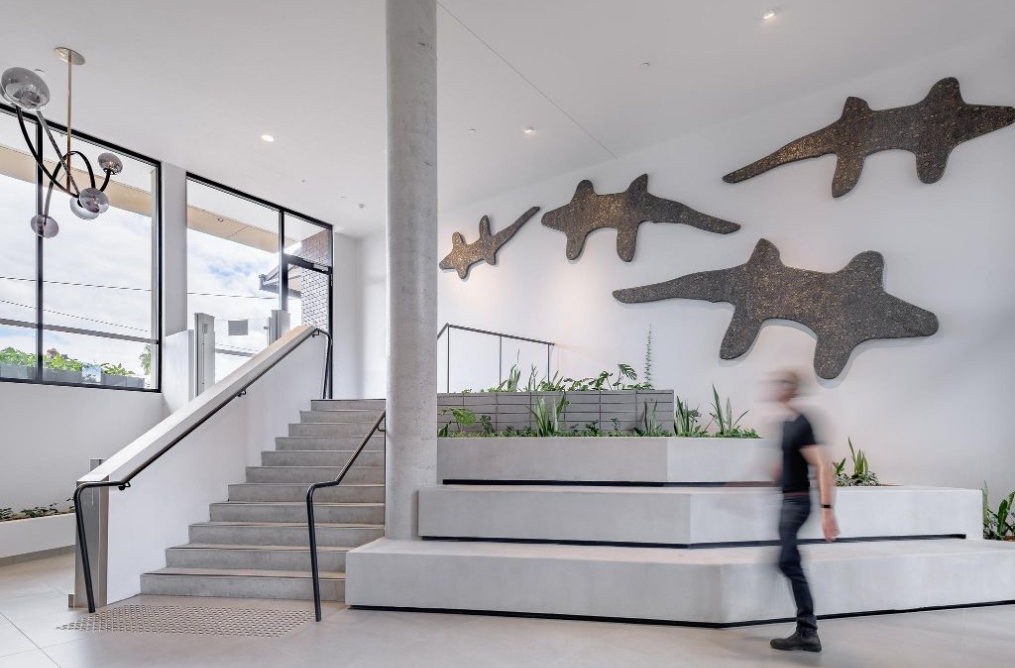
Insights
Isabel Munro
Hospitality Design
Sam McCubbin and Daisy Richmond-Smith
DKO Landscape
Awards & Recognition
Our commitment to design excellence is illustrated by the range of awards and accolades our projects receive with recognition from our professional peers, allied disciplines and the property development and construction sectors.
Awards
Project
Award
-
Gibbons Street
Property Council Awards for Excellence
Best Affordable Housing Development
-
Navali
UDIA NSW
Apartments - Mid-Rise (Award)
-
Gracewood
UDIA NSW
Retirement Living (Shortlist)
-
Gibbons Street
ArchitectureAU
Award for Social Impact (Shortlist)
-
Foyer Central
ArchitectureAU
Award for Social Impact (Shortlist)
-
Archwood Residences
Asia Property Awards
Best Townhouse Architectural Design (Regional Winner) (Award)
-
AC by Marriott
Hotel Management Awards
New Hotel (Shortlist)
-
Marriott Docklands
Hotel Management Awards
Upper Upscale Hotel; Hotel Interior Design; New Hotel; Marketing Campaign (Shortlist)
-
Marriott Docklands
Eat Drink Design Awards
Best Hotel Design (Shortlist)
-
Navali
UDIA NSW
Apartments - Mid-Rise (Award)
-
Gracewood
UDIA NSW
Retirement Living (Shortlist)
-
Gibbons Street
ArchitectureAU
Award for Social Impact (Shortlist)
-
Foyer Central
ArchitectureAU
Award for Social Impact (Shortlist)
-
Archwood Residences
Asia Property Awards
Best Townhouse Architectural Design (Regional Winner); Best Townhouse Development (NSW)
-
Pullman Melbourne on the Park
Australasia-Pacific Hotel Design Awards
Hotel of the Year (Refurbishment)
-
Gibbons Street
UDIA NSW Awards
Excellence in Affordable Housing
-
Breese Street
Sustainability Awards
Multi-Residential Dwelling
-
Alexander street
Good Design Awards
Architecture and Design; Interior Design
-
Lifestyle Communities Mt Duneed
Good Design Awards
Architecture and Design Commercial and Residential
-
Breese Street
VIC Architecture Awards
Sustainability
-
Arkadia
NSW Architecture Awards
Residential Architecture - Multiple Housing
-
Arkadia
Banksia Sustainability Awards
Medium Business
-
Park One
Urban Taskforce Design Excellence Awards
High Density Metro Apartments Development
-
SGCH Willan Drive
Urban Taskforce Design Excellence Awards
Affordable Housing
-
Arkadia
Urban Taskforce Design Excellence Awards
Sustainable Development
-
Arkadia
ThinkBrick Awards
Bruce MacKenzie Landscape Category
-
Arkadia
Sydney Driven x Design Awards
Multi Residential - Constructed
-
Arkadia
Good Design Awards
Sustainability
-
Arkadia
Good Design Awards
Architectural Design
-
Arkadia
Good Design Awards
Precinct Design
-
Arkadia
NSW Architecture Awards
Sustainable Architecture
-
Arkadia
NSW Architecture Awards
Peoples’ Choice
-
Quest Newquay
Melbourne Driven x Design Awards
Architecture - Multi Residential - Constructed
-
Campbell Street
Victorian Architecture Awards
Residential Architecture - Multiple Housing
-
Campbell Street
Victorian Architecture Awards
Small Project Architecture
-
Campbell Street
Good Design Awards
Architectural Design
-
Sanctum Brighton
Bayside City Council Built Environment Awards
Best Medium Density Housing
-
Growth Centres Housing Diversity Package
Planning Institute of Australia Awards for Planning Excellence
Best Planning Ideas - Large Project
-
Banbury Village
Victorian Urban Development Institute of Australia Award for Excellence
Medium Density Development
-
Breezes Muirhead
Planning Institute of Australia Awards for Planning Excellence
Best Planning Ideas - Small Project
- View All
Press
Project
Publication
Title
-
Burswood Point
Australian Development Review
Golden Sedayu’s Ambitious $150M Burswood Project: A Game-Changer in Perth’s Property Development Scene
-
Home St Leonards
The Urban Developer
State Gets Behind BtR Plan for Sydney Telstra Exchange
-
Pastoria
Habitus Living
A home where country meets city living
-
Pastoria
The Local Project
Country Escape – Central Victoria Renovation by DKO
-
Roden and King
The Urban Developer
Three-Block BtR Plans for Melbourne CBD Move Ahead
-
DKO
Indesign Live
Five of the best landscape architecture practices
-
Central Coast Quarter
The Local Project
A New Energy – The Waterfront at Central Coast Quarter by DKO Architecture and St Hilliers
-
DKO
Architecture & Design
DKO marks new chapter with Chairman, Associates appointed
-
Macquarie Park
The Urban Developer
Goodman Changes Gears with Macquarie Park BtR Plans
-
TAFE Launceston
ArchitectureAU
Heritage-listed Tasmanian TAFE to be redeveloped
-
Basalt
Urban
Inside Spyre's Burleigh Heads apartments, Basalt Burleigh
-
ASKO
ArchiPro
ASKO Showroom, Melbourne
-
DKO Headquarters
The urban Developer
DKO Plans $30m Headquarters in Collingwood
-
Arkadia
ArchitectureAU
Turning the housing crisis around: how a circular economy can give us affordable, sustainable homes
-
Habitus Townhomes
The Local Project
A Refined Elevation – Habitus Townhomes by DKO
-
Alexander Street
The Local Project
Casual Coastal Living - Alexander by DKO
-
Breese Street
Divisare
Breese Street - By DKO & Breathe
- View All
Work with us
As architects and designers, we have the privilege of working creatively, engaging in multidisciplinary environments and working with diverse teams.
We provide real opportunities for personal growth, and support for individuals to realise their potential.
Work with us